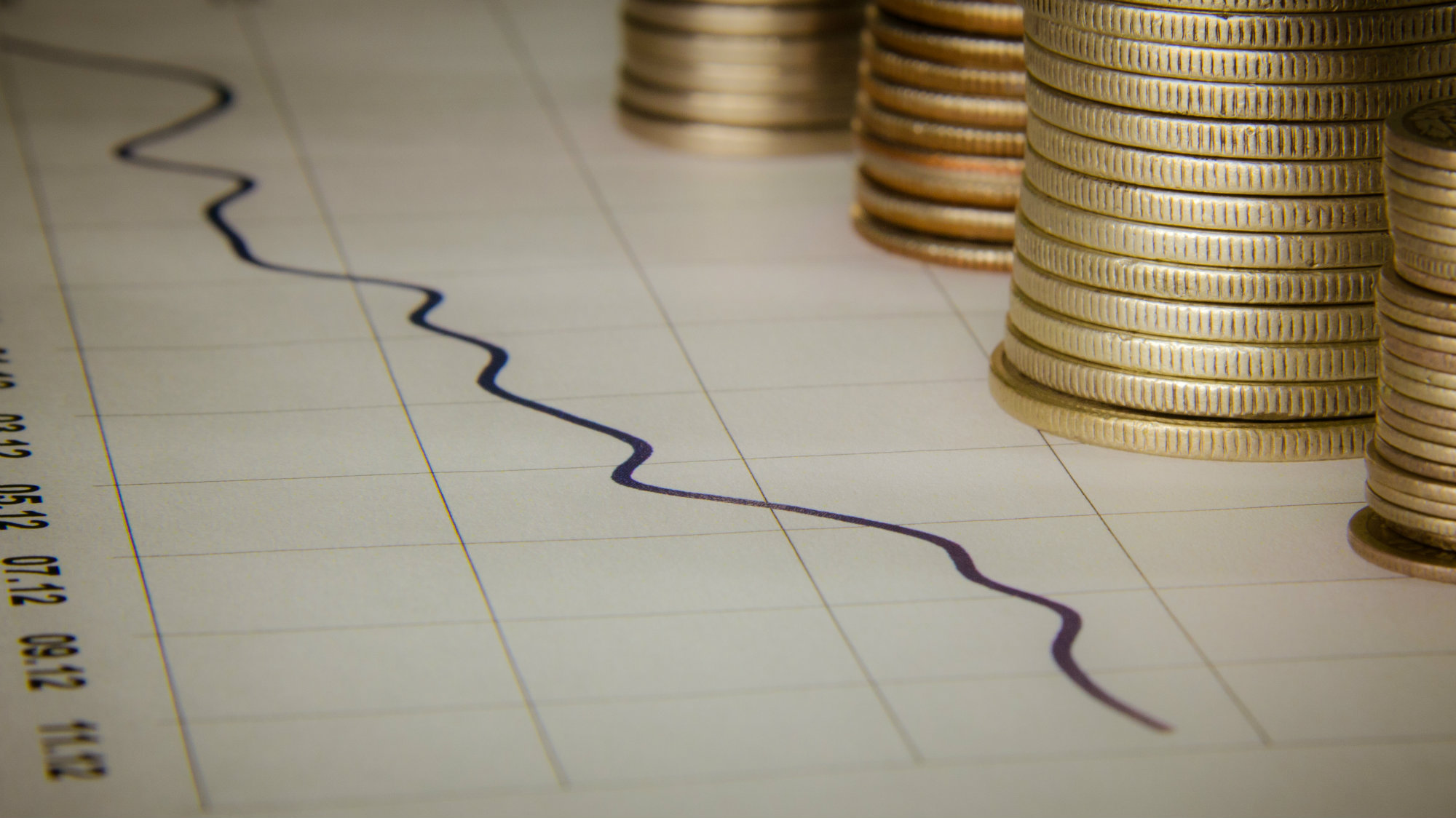With the market hitting new highs, most investors are probably not thinking about the next market crash. However, we know that eventually it will happen.
Some investors think that low-risk stocks, such as Fortis Inc. (TSX:FTS)(NYSE:FTS), can protect their portfolios.
Let’s dig a little deeper to see why Fortis is a low-risk investment. Then let’s see if this low-risk example can really protect your portfolio from a market crash.
Fortis has a portfolio of regulated utility assets with predetermined return on equity. Its earnings are predictable. This ultimately leads to a relatively low-volatility stock and a growing dividend.
However, in the last market crash of 2008 and 2009, Fortis shares still fell 28% from peak to trough. Due to its low-risk nature, Fortis shares fell less than the market, which declined more than 40%.
Investors do not lose money when the share prices of their holdings decline; they lose money when they sell at a loss. As a result, low-risk stocks can’t necessarily protect your portfolio from a stock market crash, but you can.

Investors must be prepared for a stock market crash
When a market crash occurs, what will really protect investors and their portfolios is the investors themselves.
Investors must hold on to their shares when a market crash occurs. To do so, they must have high convictions that the businesses behind their stock holdings will survive the market crash. These convictions must be developed before they buy shares in any stock.
Investors can also prepare themselves psychologically by picturing their portfolio value falling by 50%, which has happened in major market crashes.
During market crashes, investors must remind themselves that, the fall will be a temporary phenomenon and that eventually, their portfolio’s value will rebound to new highs.
Why are you buying a stock?
You might buy a stock because of its quality, bright future prospects, growing profits, growing dividends, stability, or a mix of the above.
Before you buy a stock, take some notes on why you’re buying it. When a market crash happens, chances are that the reasons that you bought the stock haven’t changed, even though its share price might have declined a lot. Referring to your notes will help you to hold on to your stock.
Here are my notes on Fortis as an example:
Fortis is a high-quality, regulated utility. It increases my portfolio’s stability. It has increased its dividend for more than four decades.
Based on Fortis’s current annual payout of $1.60 per share, it’s expected to have a sustainable payout ratio of about 65% this year. So, it has room to grow its dividend by 6% per year as management guided.
Under normal market conditions, a minimum yield of 4% is a decent spot to buy some shares.
In the case of a market crash, I can expect my Fortis shares to get a hit like other stocks, but to decline less than the general market.
Moreover, even though my net worth will temporarily shrink due to a lower share price, the income generation capability of the holding will likely remain as strong as before. So, there will be no reason to panic.
Investor takeaway
Investors are their own worst enemies. To prevent selling at a loss, investors should have high convictions behind the businesses of their holdings.
They can write a paragraph before they buy a stock as a reminder in the case of a market crash. That way, they won’t sell at a loss when the business may actually be doing fine, even though the share price may have fallen a lot.
On another note, investors can prepare their minds psychologically by visualizing their portfolio value falling by 50%.









